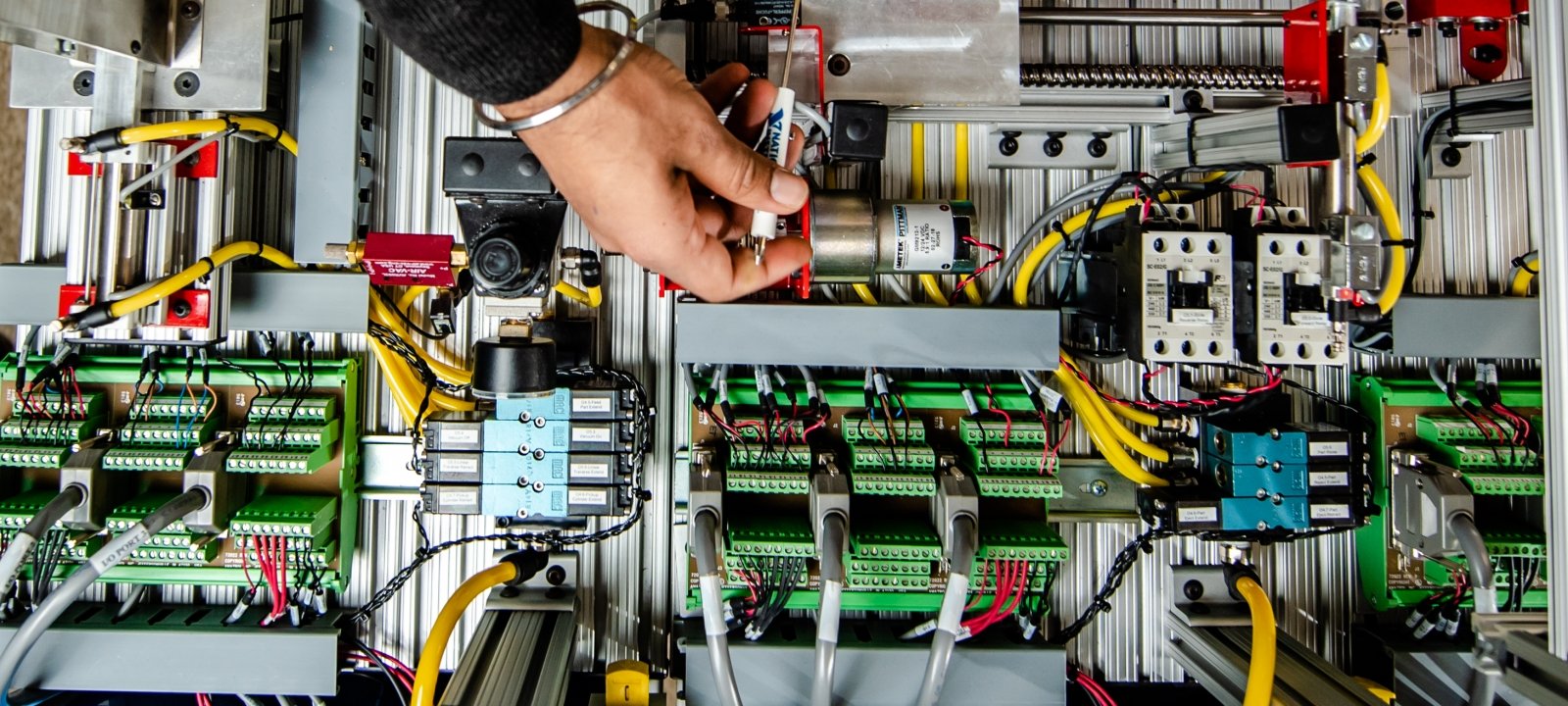Phase Sequence and Phase Failure
If the ultimate consumer does not properly manage electrical energy, there may be losses and significant difficulties for both the loads and the user. With the recent growth in the usage of electricity in our homes and businesses, it's more important than ever to appropriately safeguard our homes, businesses, and any other electrically powered device. As a result, a phase failure relay is critical for the safety of electricity users' lives and property.
Overheating and load damage due to phase failures are two typical problems in industrial facilities. Even while overload relays and circuit breakers are employed to safeguard electrical loads, electrical loads require something quick and electronic.
What is a phase failure relay and how does it work?
In three-phase electrical systems, the phase failure relay is a particular sort of control device that monitors phase sequence or phase loss, phase imbalance, overvoltage, and undervoltage.
They are also known as phase protection relay, phase control relay, line monitoring relay, or phase monitoring relay in the electrical industry.
Or
Protect motors and other equipment from the power supply system's fluctuating voltages.
For three-phase power supply, detect overvoltages, undervoltages, phase sequence, and phase loss to protect motors and other equipment.
How dose it work?
A phase failure relay's primary duty is to receive and analyze incoming signals. An output contact will change position if a pre-determined value is achieved. Contactors and switches that can open the circuit are linked to this contact output. (Or the PLC receives an alert output.)
Phase Sequence & Failure connection
For the phase failure relay, an example wiring diagram is provided. These ties may differ from one brand to the next.
The functions of a phase failure relay are as follows:
Failure of a phase Different sorts of protective features are available in relays. Here are a few examples:
Phase unbalance
The motor will convert a portion of the energy into reactive power if the three-phase supply is imbalanced owing to an unequal distribution of the load. This energy is wasted and the motor is subjected to increased thermal stress. A significant derating of AC motors is caused by phase imbalance. It is strongly advised to turn off the motor if the imbalance exceeds 5%. Only monitoring relays (with phase imbalance monitoring capability) are capable of stopping the motor before it is damaged. Unbalance monitoring that is reliable enhances the life of a motor and saves costly damage.
Phase sequence
A three-phase motor will rotate backwards if the phase sequence is applied incorrectly at startup or if the phase sequence is changed during operation. Some motors and loads, such as pumps, screw compressors, and fans, will be damaged if they are operated in the wrong direction. Operating with the wrong phase sequence might loosen machine parts or workpieces, resulting in very dangerous circumstances. This may be prevented by keeping a close eye on the phase sequence. All you'll need is a monitoring device and a contactor to turn everything off.
Phase failure
A blown fuse, mechanical failure inside the equipment, a damaged electrical line, a fault on a transformer winding, or lightning can all cause phase loss. A loaded three-phase motor cannot start or may stall under load if one phase is missing. However, it is possible that it will continue to run asymmetrically. When a motor stalls, the electrical resistance is much lower than when it rotates. This results in a current increase of up to 600% of the motor's nominal current. The motor windings will be destroyed in seconds by such a high current. When phase loss occurs, motors should never be started. When a motor stalls, it must be unplugged as soon as possible.
Monitoring the voltage
Continuous operation at improper voltage levels can harm all electric equipment. Electronic components can be destroyed by voltage peaks, and in the worst-case scenario, an electrical breakdown can ruin an electronic or electric device's insulation. The voltage level, duration, and the resultant over temperature are the determining variables. A motor that won't start or a contactor that won't make may be due to undervoltage. Under-voltage causes heating, which leads to thermal damage and an unknown state of the equipment.
Advantages of phase failure relay
The advantages of using a phase failure relay are as follows:
- Increases the lifespan of the motor.
- Reduces the expense of motor maintenance and repair.
- Reduces downtime due to motor issues.
- Because the motor windings are not short-circuited, there is no risk of electric shock or fire.
- Increases the electrical circuit's safety.
- It takes up less room in the cabinets.
Application of Phase Sequence & Failure
It's appropriate for the following uses.
- Connectivity control for moving equipment such as air conditioning compressors, refrigerated vehicles and containers, and cranes
- Reverse motor operation is prohibited (lifting, handling, elevators, escalators, etc.)
- Controlling three-phase supplies that are very sensitive.
- Due to unbalanced voltage, the motor will overheat.
- Overvoltage protection is used to protect a plant from being destroyed.
- The drive rotates in this direction.













0 Comments